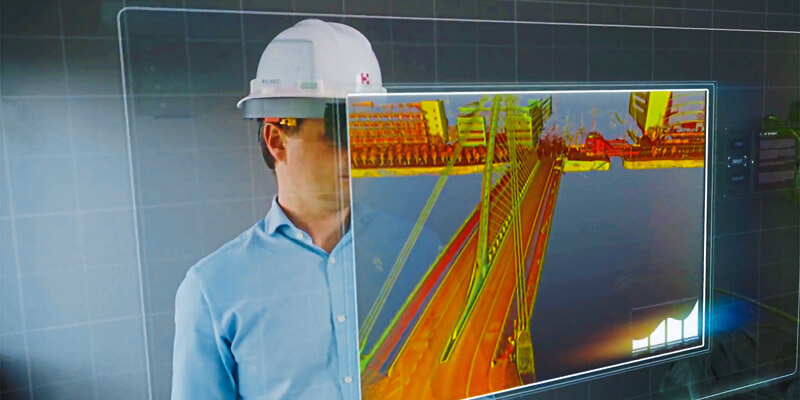Mark Poveda ponders the question: how do we continue to grow the economy while suppressing the spread of Covid-19 in our communities?

The challenges are not insubstantial. At the time of writing, new restrictions were being enacted across the UK and Ireland to combat rising infection rates, and the impending reality of Brexit all added to the doubts and uncertainties being experienced across both our nations.
For me, one thing is certain – we cannot return to the damaging shutdowns of the last six months. Instead, I believe that our industries must change, evolve and adapt to new working methodologies … ones that allow for continual growth while remaining safe and which prevent the spread of the virus.
Building better
Construction is one industry where, at first glance, this seems impossible. After all, with large teams working on-site, with individuals in close proximity, often with no easy access to hygiene and hand washing facilities, the mantra of ‘hands, face and space’ is surely honoured more in the breach than in the observance.
But it is this industry that I want to talk about. The latest available figures show that the UK construction industry employed around 1.3 million people in 2018, and was worth some £113 billion1 - over 5% of the UK economy. For Ireland, it represented more than 7% of GDP in the same year. Both nations struggle with similar issues in this sector – low productivity, razor tight profit margins, poor safety records, and a skills shortage, particularly among younger workers. So how can the industry attract a passionate, skilled workforce, while simultaneously improving productivity, safety, and the bottom line?
In a word, technology. It is technology that drives our economies forwards, that solves our most pressing problems, and that creates new opportunities for growth. The construction sector has been guilty of a slow up-take of technological solutions – but it is vital, for the competitiveness and attractiveness of the sector that it begins to catch-up with other sectors, such as commerce and tourism.
Overcoming challenges
By incorporating modern, digital technological solutions into their working practices, construction companies of all scales can begin to combat the multiple challenges facing them. Solutions such as robotic total stations require just one person to operate, not two, freeing up personnel to carry out other tasks – or removing them from site altogether. As well as providing more accurate data than a tape measure or laser pointer, total stations can capture many more data points in the same timeframe, and add intelligence on existing building conditions.
And speaking of points, 3D laser scanning is also becoming a staple of the industry. Modern 3D scanning systems are designed to be simple to use, quick, and capable of capturing vast quantities of data in just minutes.
But perhaps the most exciting development for the sector is the introduction of mixed and augmented reality – technology straight out of a computer game. Solutions such as the XR10 mixed reality headset allow for contractors to see and interrogate their designs on site, in front of their eyes, before and during the construction process. Being able to overlay your BIM model onto existing structures allows for easy clash detection. In regards to Covid, the visuals can be shared in real time, via Teams, back to colleagues or event clients, in any location in the world. Not only does this reduce personnel on site, it allows for a huge leap in client engagement and understanding of a project’s progress.
Perhaps most importantly, the adoption of mixed reality headsets, laser scanners and augmented reality will re-position the industry as a technology-savvy, modern and skilled industry – allowing it to attract the best young talent that it so sorely needs.
1 https://www.ons.gov.uk/busines... constructionstatistics/2018#comparisons-and-contributions-to-the-economy


